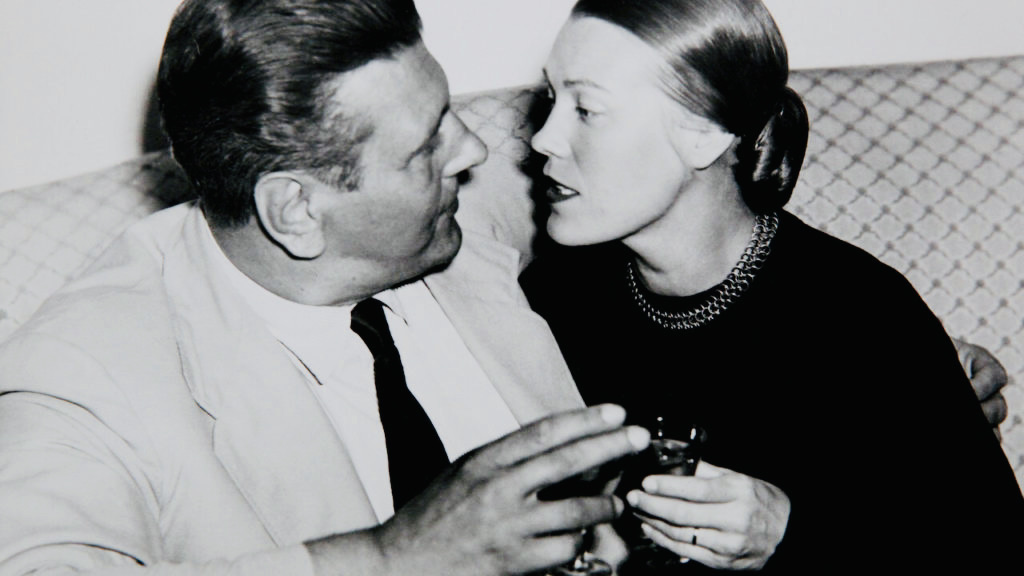He was one of Adolf Hitler’s most favorite people.
Otto Skorzeny, a Waffen-SS lieutenant colonel sporting a noticeable duelling scar on the left side of his face, compiled a very unusual record. He rescued the Italian dictator Benito Mussolini from captivity in 1943. He worked as a spy for the Mossad in the early 1960s to break up Egypt’s missile program.
Described as “a fugitive-turned-millionaire,” he became a successful businessman in post-war Spain, whose fascist leader, Francisco Franco, welcomed Nazi expatriates like him.
A man of many parts, he’s the central figure in an interesting Spanish documentary, Europe’s Most Dangerous Man: Otto Skorzeny in Spain, which is now streaming on the Netflix network.
Born in Vienna in 1908, he joined the Nazi Party in 1934. After Germany annexed Austria in 1938, he was one of Hitler’s trusted bodyguards. Wounded on the eastern front following Germany’s invasion of the Soviet Union in 1941, he was transferred to a special operations unit.
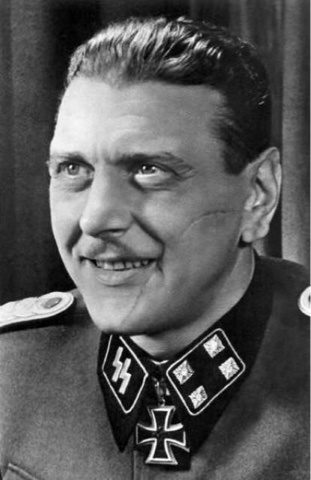
Placed him in charge of Operation Oak, a rescue mission to extricate Mussolini from house arrest in a hotel high in the mountains of northern Italy, Skorzeny and a select group of commandos pulled it off without a hitch. From that point forward, he was a hero and a celebrity in Nazi circles. Mussolini was so grateful that he presented him with a watch engraved with the Italian’s initials.
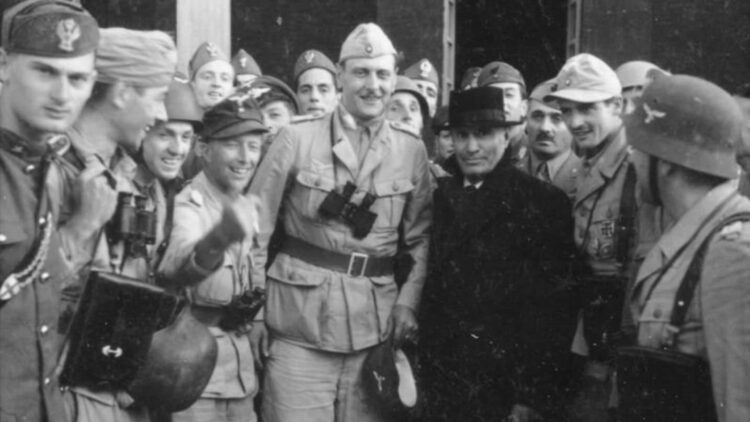
A year later, Skorzeny was sent to Budapest to ensure that Hungary would remain in the Axis camp. Having learned that Hungary’s supreme leader, Miklos Horthy, intended to make peace with the Allies, Hitler decided to unseat him. Skorzeny abducted Horthy’s son, forcing his father to resign. His resignation brought the radical Arrow Cross movement power, leading to the mass murder of yet more Hungarian Jews.
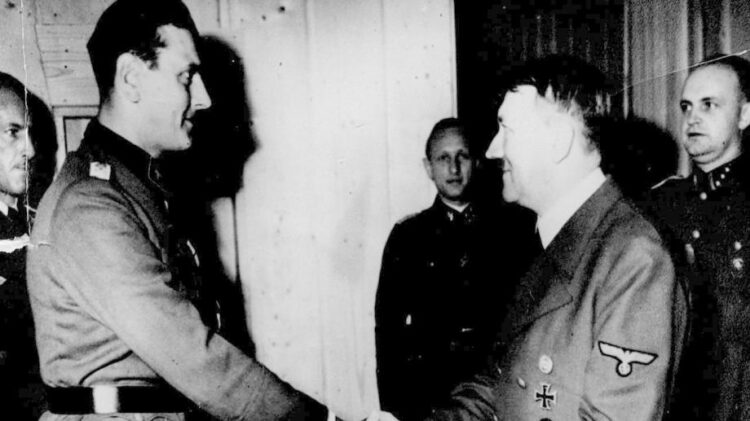
Shortly afterward, during the Battle of the Bulge, Germany’s last- gasp attempt to turn the tide of the war in its favor, Skorzeny formed a strike force whose sole purpose was to disrupt U.S. operations. Consisting solely of English-speaking soldiers wearing American army uniforms and driving captured U.S. tanks, Skorzeny’s infiltrators caused so much havoc behind the lines that he earned the nickname of the “most dangerous man in Europe.”
With Germany’s defeat, Skorzeny went into hiding temporarily. After his surrender, he was incarcerated in a prison camp. Placed on trial, he was exonerated.
Skorzeny immigrated to Spain — a haven of Nazi war criminals — in the mid-1950s. Around this time, he divorced his wife and married Ilse Luthje, the niece of Hjalmar Schacht, who had been the minister of economy in the Third Reich from 1934 to 1937.
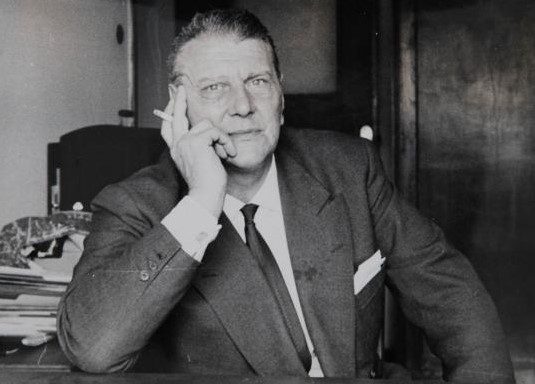
Thanks to his connections in Spain and West Germany, Skorzeny, an engineer by profession, prospered in the import-export business and as an arms dealer. He was also a military advisor to two presidents, Gamal Abdel Nasser of Egypt and Juan Peron of Argentina. Rumors abounded that he had an affair with Peron’s widow and successor, Eva.
During this period, he was supposedly involved in the “ratline” network, which smuggled Nazis, such as Adolf Eichmann, Klaus Barbie and Joseph Mengele, from Europe to Latin America.
Toward the late 1950s, Skorzeny recruited German rocket scientists to help Egypt develop a missile arsenal. Fearing the implications of Egypt’s missile program, the Mossad coopted Skorzeny in exchange for immunity from assassination. In accordance with the Mossad plan, Skorzeny lured one of the scientists, Heinz Krug, to a rendezvous, where he was kidnapped and killed. Krug’s disappearance had an immense chilling effect, prompting the rest of the German scientists to leave Egypt.
Despite his expedient association with Israel, Skorzeny remained faithful to Nazi ideals and never condemned the Holocaust. In a filmed interview in 1973, he said he had no regrets concerning his service to Nazi Germany. Efraim Zuroff, an official with the Simon Wiesenthal Center, contemptuously dismisses him as “a piece of shit.”
Skorzeny died of cancer in 1975. At his funeral, admirers reverently bid farewell to him with a stiff-armed Nazi salute.
It seems clear that Skorzeny enjoyed the best of two worlds. He achieved heroic status in Nazi Germany. And he enjoyed the good life in Spain after its demise.
